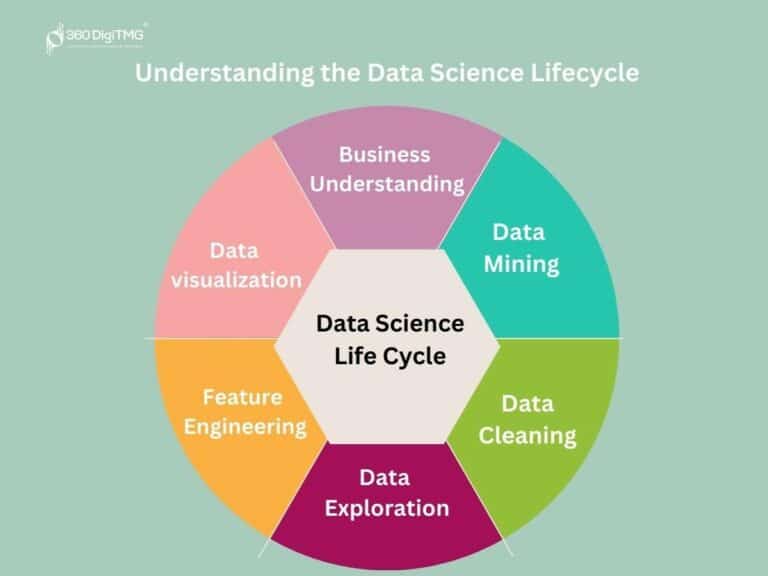Patent concept
A patent for an invention is a title of protection that certifies the exclusive right to an invention, authorship and priority of an invention.
A patent is issued subject to state registration of the invention by the state executive authority for intellectual property.
The exclusive right to an invention means that the patentee has the right to use the patented invention in any way that does not contradict the law and prohibit its use by third parties. At the same time, the absence of a prohibition is not considered consent (permission) to use the patented invention.
The patentee also has the right to dispose of the exclusive right to a registered invention, i.e. he has the right, at his discretion, to allow others to use his patented technical solution. The order of the exclusive right is drawn up in the form of an agreement and is subject to state registration. Check more about how to license my patents. Find out what this means and how to properly make a patent license for third parties and why you need to license patents.
Thus, obtaining a patent for an invention created by you is necessary, in particular, in order for the entire duration of the patent
- obtain a monopoly on the application of the invented technical innovation, including production, sale, export, etc.;
- be able to generate additional income by granting the right to use your invention;
- exclude the possibility of using a new technical solution created by you without your permission.
What can be patented as an invention
Not every solution can be recognized as a patentable invention.
Firstly, patenting of solutions that contradict the public interest, principles of humanity and morality, as well as methods of cloning a person, his clone, methods of modifying the genetic integrity of human germline cells and the use of human embryos for industrial and commercial purposes are not allowed.
Secondly, the law establishes a list of objects that by themselves cannot be recognized as an invention. These include discoveries, as well as solutions that are not technical in nature or fall under the list of objects for which other options for legal protection are provided for in the legislation on intellectual rights.
Thirdly, the solution proposed for patenting must meet the criteria of patentability, that is, it must:
- Be new. This means that similar solutions should not be publicly available anywhere in the world prior to the filing date. For example, the novelty of an invention can be denigrated by an article in Chinese in a magazine located in a regional library in China, if anyone has the right to read it. The novelty of the invention will also be questionable if an application for a similar solution has been filed earlier, even if information about it has not yet been published;
- Have an inventive step, that is, not be obvious to a hypothetical specialist in the relevant field of technology, who has information about all materials that have become publicly available in the world before the filing date;
- Be industrially applicable. This means that the technical solution can actually be used.
The invention must relate to a product, method or their use for a specific purpose.
Goals and objectives of the patent
Individuals who have spent intellectual and material resources on the development of a new solution should be able to benefit from its practical implementation. If you do not give them such an opportunity, then incentives for new developments will disappear and the mechanism of slowing down scientific and technological progress will be activated.
The ability to use an invention monopoly is precisely the motive that drives innovators to research and be the first to achieve results. For example, in pharmaceuticals, the cost of years of research leading to the creation of an effective and safe product can be hundreds of millions and even billions of dollars. Companies do this because they can cover these costs through the monopoly price of the final product. This is precisely the problem that the patent solves.
Why and how to license a patent?
According to the law, the owner of a patent can dispose of the acquired right to an invention, utility model or industrial design in any legal way, including transferring the rights to a patent to others for a fee or gratuitously by alienating rights or granting licenses.
According to the license agreement, the acquirer of the license (licensee) receives from the patent owner (licensor) the right to use the invention. The scope of such use is governed by the terms of the contract. The license agreement can be non-exclusive or exclusive.
With a non-exclusive (simple license), the patentee reserves the right to issue licenses to others. With an exclusive license, this right is forfeited.
The license agreement may permit or prohibit the granting of sub-licenses to the licensee. The agreement can also limit the term, scope and territory of use of the patent. All license agreements are subject to mandatory state registration.












